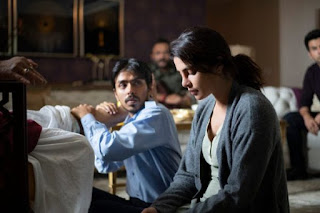Jottings - Slice of life - 439 ( Dhrishyam 2 - A beautifully crafted sequel by Jeethu Joseph)

In 1950, Akira Kurosawa’s “Rashomon” created a sensation in world cinema. It still remains one of the most powerful movies ever made. The movie is about a rape and a murder in a wooded garden, and four different eye-witness accounts of it. Each of the accounts seems equally plausible and true. So, what is the truth? In an attempt to answer this question, Kurosawa cinematically presents different slices of what could be true and asks the viewer to arrive at their own judgments. The movie is at once a dazzling act of cinematic brilliance in its composition and style, and at the same, at a more profound level, a philosophical investigation into the nature of truth, evidence, and interpretation. In the opening shot, with torrential rain beating down on a dilapidated temple, one of the witnesses, a wood-cutter huddling together with a priest, begins the tale with the mysterious statement “ I don’t understand…”. The rest of the movie is an exploration of this question. In his autobiography
